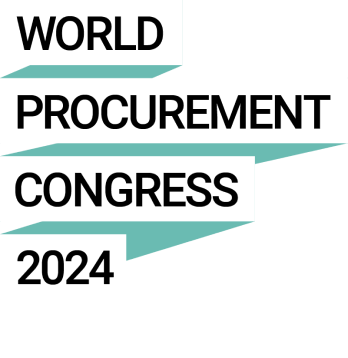At Procurement Leaders we have in the past months expanded our research focus to help our members adapt to a new challenging economic climate. The UK economy, for example, saw its worst contraction in 41 years in Q1 this year, and forecasts for recovery aren’t overly positive. This has forced companies to carefully protect their cash reserves and has put procurement once again in the centre of savings efforts. The levers we cover as part of our Delivering in a downturn stream help teams do this successfully.
Demand levers, as in demand management, specifications management and cost modelling, are important activities for procurement because many of the excess costs can be cut by influencing what goes on inside the organisation. Below you’ll find a summary of the research we have carried out so far on these three topics, with actionable insights to get this right.

Demand management
Demand management is all about controlling costs by reducing the use of products and services, but also about finding ways to change spend patterns throughout the organisation. More impactful demand management strategies can be introduced through changes in governance, service levels and budgeting:
- Procurement policy is the foundation of demand management and should communicate what’s expected of stakeholders. It should cover the procurement process, contractual obligations and e-sourcing infrastructure, and be relevant to all staff across the organisation. Don’t overburden them with procurement jargon though.
- The service model procurement use is closely connected to stakeholders’ willingness to limit their spend. We’re seeing companies set up service tiers that deprioritise non-critical activities and make sourcing of anything non-essential more difficult and expensive.
- Zero-based principles, such as starting a new budget period from zero force the whole organisation to scrutinise spend much more closely. This requires an organisation-wide overhaul, so better get those senior leaders onboard when you campaign for a move to zero-based budgeting.
Specification management
Much like in demand management, specs management is about influencing how stakeholders approach their purchases. Instead of just limiting quantities, here procurement should standardise and consolidate product and services features. There are a few ways to do this:
- Find the essential features stakeholders absolutely need to get their work done. You can do this by analysing spend data and by interviewing users. This reveals the core specs you can go to suppliers with, so that you can save costs on the non-essential stuff.
- Leverage supplier expertise and let them suggest different approaches based on the specs you’ve identified. Spending more somewhere can help you save elsewhere. Grouping spend to fewer suppliers is also an easy way to get savings through good old economies of scale.
Cost modelling
Cost modelling is about procurement needing to understand the cost breakdown of products and services so that it can impact these to deliver savings. In our upcoming research we will be looking at methods like supplier analysis, should-cost modelling, process mapping and value engineering. PL members can sign up to a Virtual Roundtable on the topic, which will take place on 5 August. More content on specification management will be available on our website later in August.
Meanwhile, PL members can access a wide range of our Delivering in a Downturn content. We also offer a range Covid-19 resources that are freely accessible.


















